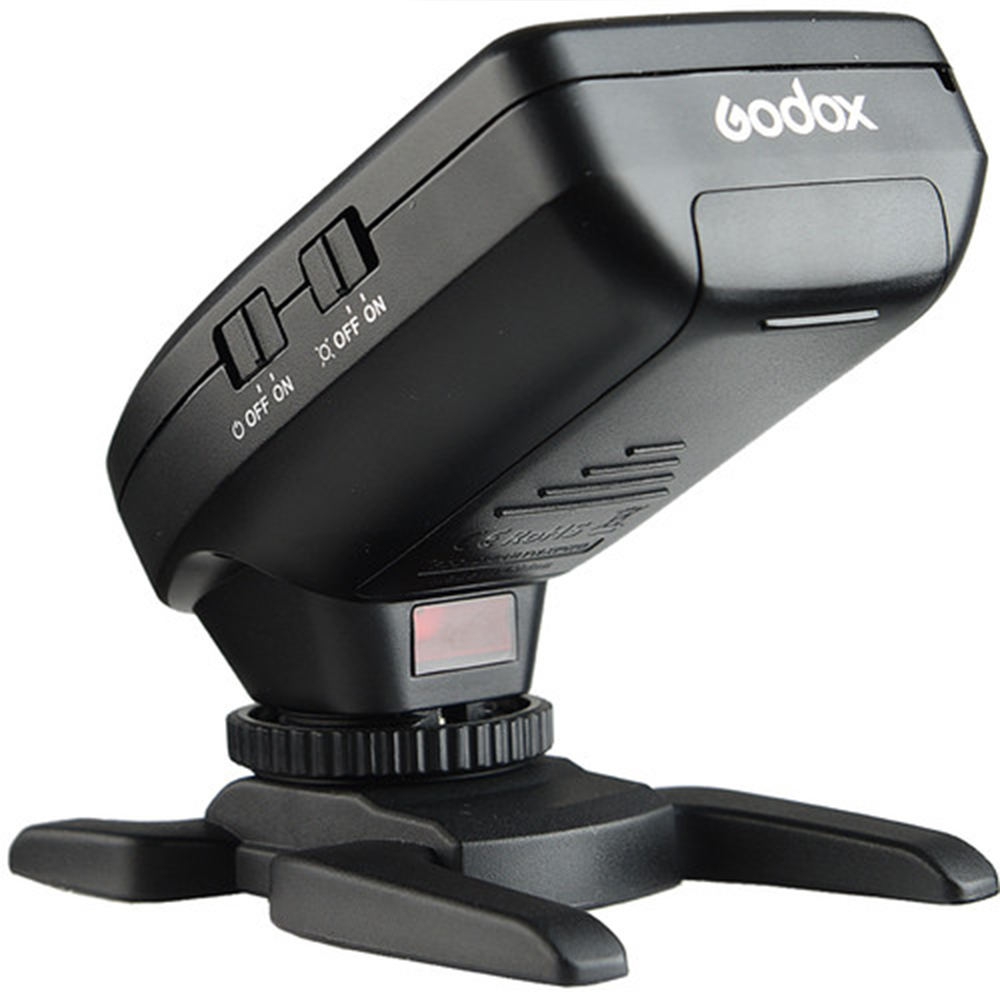
The XPro doesn’t have the pass-through feature, so you can’t aĭd a flashgun to the top. It boasts a far bigger screen which make it more user friendly and easier to view. The XPro has a completely different design to the X1T and X2T. The second trigger Godox released was the XPro. If you don’t need of big screen with large text or lots of buttons, or if you’re on a tight budget, the X1T is the trigger for you. This is all of course reflected in the price. It has few buttons and a small screen, but does allow you to add a hotshoe flashgun on top of the trigger while it’s in use on your camera. The Godox X1T is the first trigger of this set to be released, and is the most basic in terms of design. They all take 2x AA batteries and all connect to the camera using either the hotshoe or via sync cable. They all allow you to adjust (for Godox and Lencarta flashes) the power settings, modelling lamp, modes, rear-curtain sync, flash exposure lock, focus assist, and zoom settings. They all have 32 channels, 5 groups and 0-100m range. They all allow the use of HSS and TTL when used with compatible flashes. The design and interfaces change, but the base features are available on each camera. The 3 triggers all have essentially the same features. This means that everything needs to be inline – the camera, the trigger, the receiver, and the flash. Each camera brand has slightly different set of protocols to activate HSS and TLL from camera to flash. Where it does matter is when they’re used for HSS or TTL.
Godox xpro s manual#
If you’re only looking to use these triggers with a manual flash, the camera type doesn’t really matter. Where do the camera types come into play? Why does there need to be different versions for Canon, Nikon, Sony, Olympus, Fuji, and Pentax? This allows you to connect the triggers to almost any flash, whether it be a Nikon SB900, a Canon 580EX, a Bowens monoblock, or any other flash with a sync port.

The X1R is available in Canon, Nikon, and Sony and can be connected with either b hotshoe for flashguns, or via the sync port for everything else. Godox have kindly released a plug in receiver, the X1R. However, you don’t need to have a Godox or Lencarta flash to use the Godox X triggers. All 3 triggers are available for Canon, Nikon, Sony, Olympus/Panasonic, and Fujifilm.
Godox xpro s pro#
Our own Lencarta SmartFlash 4 and SuperFast Pro also have the exact same built-in 2.4Ghz receiver allowing you to seamlessly connect our equipment with Godox’s. This is because all of Godox’s newer flashes have a built-in 2.4Ghz receiver. We’ll also touch on the X1R Receiver and where that fits into the mix.Īll 3 of these triggers will connect directly to any of Godox’s latest flashes including the AD series, V1, V860II, and many more.

We’ll be looking at the differences between the X1T, X2T, and XPro Triggers. Today we’re going to talk about the Godox X systems. Triggers come in all shapes and sizes and have different features to offer. There are so many triggering options available out there and it can be difficult to choose which triggers to go for.


 0 kommentar(er)
0 kommentar(er)
